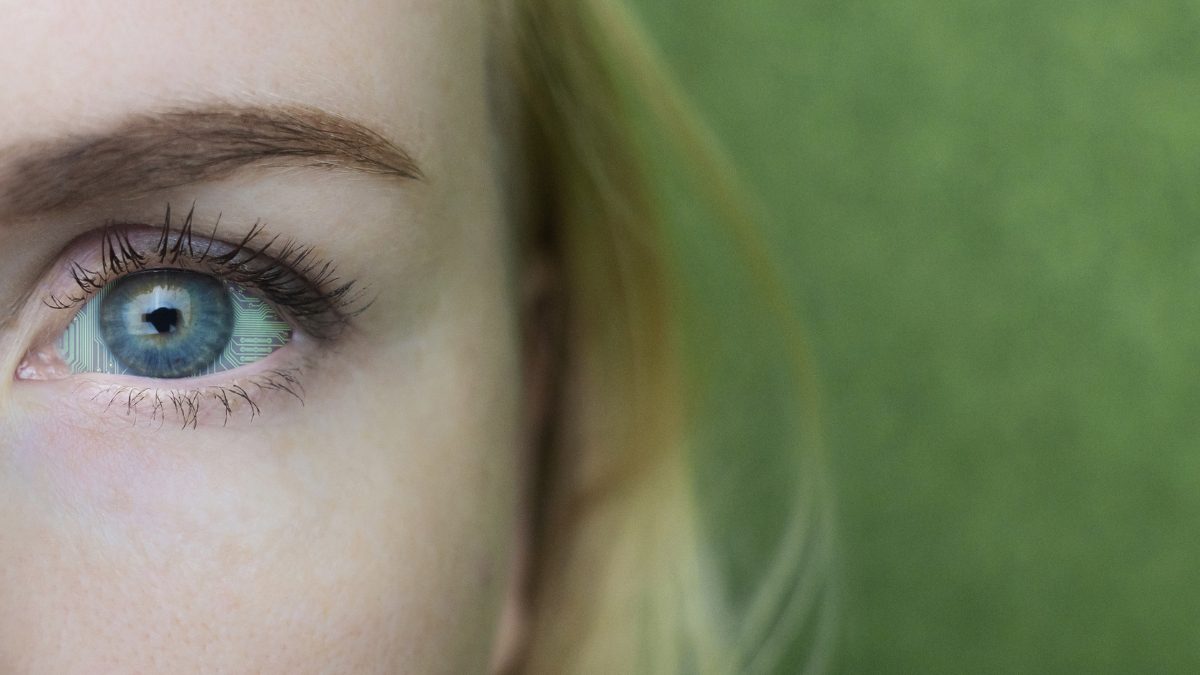Cryotherapy. Crossfit. Paleo diets. Magnetic implants. Breathing exercises. Infrared saunas. Electronic tattoos.
These are all forms of bio-enhancement, the pursuit of improving human biology. The shorthand for such practices is biohacking. You might be familiar with this term thanks to notable biohackers like lifestyle guru Tim Ferriss and Dave Asprey of the Bulletproof empire. Or maybe you’ve dabbled in human-enhancement practices yourself. It turns out most of us have in some form or another, whether by meditating or intermittent fasting or tracking sleep patterns with wearable technology like the Apple Watch.
What’s behind this urge to hack the human person? Is self-enhancement purely materialistic—or could these attempts to improve our bodies have spiritual roots? Could they even, in some cases, fulfill spiritual longings? This is what a new study aims to find out. Funded in part by the John Templeton Foundation, the study will explore self-enhancement—particularly through DIY biohacking—and the spiritual yearnings behind it. The project is led by Dr. Victoria Lorrimar, a Senior Research Fellow at the University of Notre Dame Australia who studies human enhancement technology and how it interacts with theological ideas about what it means to be human.
The study’s main aim is to investigate the extent to which biohackers across the spectrum experience spiritual longing. What is the nature of this longing—and does the biohacking community and its specific practices fulfill those yearnings? In other words, could hacking our physical bodies bring people closer to spiritual fulfillment?
The many faces of biohacking
In recent years, public attention has turned to human augmentation movements, from transhumanism to “spirit tech” to biohacking. Human enhancement practices and ideology vary widely, but terms often get lumped together with one genre bleeding into the next.
What is biohacking, and how does it differ from its much-talked-about sibling, transhumanism? While biohacking and transhumanism share some overlap, they aren’t synonymous. Transhumanism looks to science and technology to help humans evolve beyond our current limitations—such as aging and death—and bring about a posthuman condition. The movement is often associated with Silicon Valley, the birthplace of AI and human augmentation technology. Some transhumanists dream of transcending the body altogether and preserving only the human mind. In contrast, the biohacking movement promotes do-it-yourself biological interventions—from intermittent fasting to microchip implants—with the goal of achieving peak physical and mental function. For most biohackers, the body is the point.
Part of the impulse of Lorrimar’s study is to correct common myths surrounding biohacking. One such myth is that biohacking is a homogeneous enterprise. In practice, it’s wildly diverse. The strand of biohacking most familiar to—and most practiced by—the general public is health optimization. This genre promotes Crossfit, Paleo diets, cold plunging, and infrared saunas. Wellness fads peddled by influencers are a common form of biohacking; as Lorrimar says, “most people are biohackers in an everyday sense.” But there are plenty of people who pursue these practices more intentionally and ambitiously.
A more extreme version is DIY body modifications, such as the implantation of biometric data collectors. Lorrimar calls this strand of biohacking “a very grassroots, political-punk type movement.” These biohackers refer to themselves as “Grinders.” Lorrimar points to the work of scholar Jacob Boss, who created the model of “punks and profiteers” to categorize different types of biohackers. At one end of the spectrum you have the “punks,” an anti-authoritarian flavor of biohackers who take self-improvement into their own hands through DIY body modifications like magnetic implants and biometric tattoos. At the other end of the spectrum sit “profiteers”, from the elite transhumanists of Silicon Valley to the purveyors of “miraculous” supplements.
As Jacob Boss explained in an interview, Grinders are interested in “self-expression, self-exploration, citizen science, art, self-creation.” They are “grassroots transhumanists, very punk-influenced, who don’t have the emphasis on immortality that most transhumanist groups are known for.” A New York Times profile described Grinders as “…the anti-establishment fringe of a biohacking movement,” contrasted with “billionaire-backed schemes to outwit aging.”
So you have your wellness gurus, your punks (or Grinders), and your profiteers. There’s also a spiritual strand of biohacker: those who use technology to deepen human connection to the divine. These spiritual technologies can range from meditation and fasting practices to microdosing and ingesting psychoactive substances. Of course, all of these categories can mix and mingle. “Plenty of people use meditation or yoga or breathing techniques for more general health and wellness optimization that are quite abstracted from any spiritual sort of framework,” says Lorrimar. “Whereas others might be drawn to those for the spiritual dimensions and feel like that’s an important part of what they’re doing in terms of self enhancement.”
Lorrimer’s study aims to capture the depth and breadth of the movement. Researchers will gather data from biohackers across the spectrum, from the Grinders to the wellness influencers to the spirit-techies, searching for a religious impulse behind their practices. The point is that biohacking, as a movement, is far from homogeneous. “This is where you start to see how prolific and ubiquitous it is,” Lorrimar says.
This is the first part of a two-part series on biohacking. Read part two here.
Annelise Jolley is a journalist and essayist who writes about place, food, ecology, and faith for outlets such as National Geographic, The Atavist, The Rumpus, and The Millions. Find her at annelisejolley.com.
